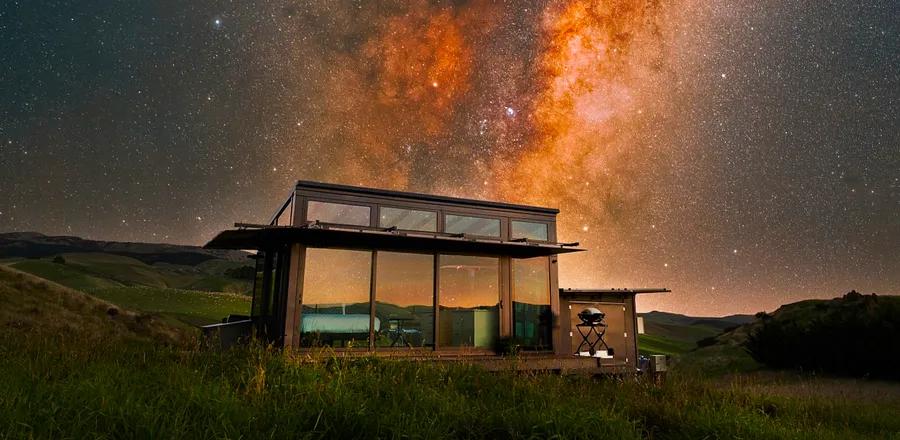Foraging for food in Hong Kong’s hidden green spaces

We coat ourselves in eco-friendly insect repellent as we pause to cross a busy street in Hong Kong’s Kwun Tong district.
Our destination is the Triangular Oasis, an overgrown patch of greenery nestled within the concrete jungle of one of the most densely populated districts on the planet, according to Sunny Chan.

At first glance, it appears to be just a few trees and some weeds.
But upon closer inspection, guided by Chan’s seasoned eye, we identify pennywort, Chinese spinach, and even pomelo hidden in the branches of a tree.
Chan – who has documented nearly 5,000 species on iNaturalist.org, a global platform for mapping biodiversity – believes many Hong Kong residents have lost touch with nature.
“Many people in Hong Kong view nature as an inconvenience,” Chan says. “They label plants as weeds or complain about insects, calling for the government to use pesticides to eliminate them.”
Food trucks arrive in Hong Kong – discover the best eats
Wild Hong Kong
When most people think of Hong Kong, they likely picture towering skyscrapers or cramped apartments.
But beyond the urban sprawl, the city boasts stunning beaches, breathtaking hikes, and over 150 square miles of protected countryside, making up about 40% of Hong Kong's total land area.
Because of this, says Wanda Huang of sustainability group GrowingSmart.HK, Hong Kong can be surprisingly abundant in wild plants and fruits.
“There’s an incredible variety, so many to choose from,” she says.
Huang, who was raised in both China and Canada before moving to Hong Kong, is now one of the city’s foremost experts in foraging.
Her expertise is highly sought after, especially with the ongoing trend of foraged ingredients among top chefs worldwide.
She supplies restaurants across the city with unique ingredients such as artillery clearweed, wild pepper leaves, baby garlic, hog plums, and elderflower berries.
“She’s like a walking encyclopedia,” says Robin Zavou, executive chef at the Mandarin Oriental Hong Kong.
Hong Kong’s best hotels for stunning views

‘A wealth of resources’

Zavou relies on Huang to supply rare and exciting ingredients for the hotel’s Michelin-starred restaurants.
“We used to import foraged ingredients from the UK,” he says, “but then we realized how much we could find locally.”
“You’ve got to put on your shoes, get outside, and explore for yourself. You’d be amazed at the variety, even on the outlying islands … there’s a true abundance.”
Zavou believes the growing demand for foraged ingredients is largely due to Danish chef Rene Redzepi, whose Copenhagen restaurant Noma has been named the best in the world four times in the past six years.

“It’s about observing what grows naturally together in the area: like pine trees and asparagus growing side by side – it just feels right,” says Zavou.
This inspiration led to one of his signature dishes at the Mandarin – “Farmer’s Hands” – made with foraged ingredients from Cheung Chau, a small island south of Hong Kong, and other nearby areas.
He says guests are often surprised to learn that the ingredients come from local sources.
“I think more people are beginning to recognize the value of local produce in Hong Kong, rather than relying on what can be imported or flown in from other places.”

Sometimes, it’s simply about reconnecting with ancient practices, explains Huang.
“For the older generation, foraging was a regular part of life, something everyone did,” she says.
“They didn’t realize it was something so avant-garde.”
Unfortunately, much of this knowledge hasn’t been passed down.
For many younger Hong Kong residents, supermarkets and takeout are far more familiar than farming or foraging.
“There’s simply a lack of awareness that this is even an option,” Huang explains.
Hong Kong: Insider Travel Guide
Meet 2 pioneering female explorers from Hong Kong

1

2

3

4

5
Evaluation :
5/5